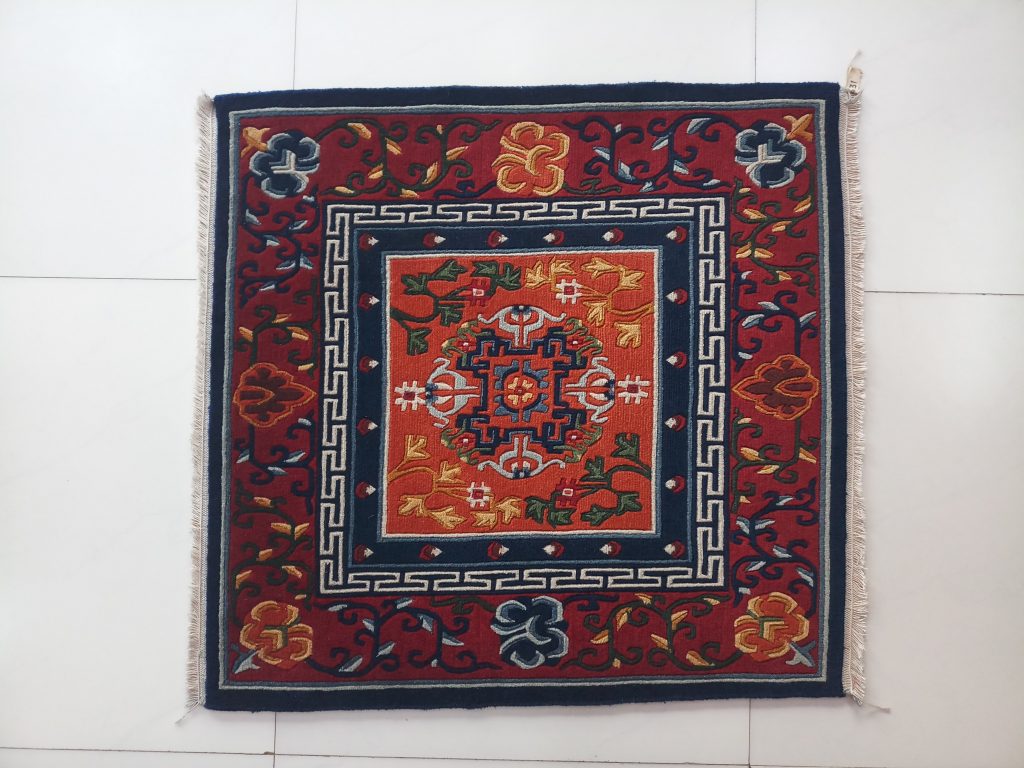
Tibetan rugs are the special rugs made by following the traditional crafting method of Tibetan art and culture passed down through many generations. These are the frequently asked question regarding the Tibetan rugs.
What are Tibetan Rugs?

Tibetan rugs are the special rugs made by following the ancient traditional crafts of Tibetan art and culture. When comparing the Tibetan rug with the Persian handmade rugs, the main difference is that they are tied with different sort of knots. When comparing the knots huge difference can be found between Persian and the Tibetan rug. Traditionally made from the Tibetan sheep’s wool called “changpel”, these are one of the most unique rugs. Tibetan rugs are used for various purposes ranging from wall hanging to the flooring commonly used as seating carpet mostly. There are also runners that can be used in lobby, hallway, living room, bedroom and kitchen.
What is an ancient history and background of Tibetan rugs?
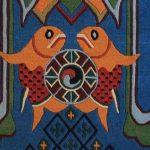
Even though the precise date of Tibet rug or carpet making cannot be found, it can be said that the carpet making industry in Tibet dates back to thousands of years back as there are few references of carpet made in the early writings of religious figures.
The first detailed account of rug making was made by the British foreigners, who entered Tibet during the British invasion in 1903.In the British recording it is recorded as “both men and women working in the courtyard filled with the weaving looms” hence making rugs and describing rugs as the “beautiful things” on their way to Lhasa.
In those times the simpler rugs were used as home décor but the rugs made by the dedicated workshops were commonly sold to the wealthy families of traders in Lhasa and other nearby places and monasteries of Tibet. Often the local families in Tibet, who used to pass rug making as norm, owned those workshops.
However during the 20th century came the downfall of Tibetan rug making due to the Chinese invasion which caused major of rug making families flee to neighboring countries like India and Nepal. Slowly, the Tibetan rugs making industry developed and thrive in those neighboring countries where the Tibetans fled. This helped in these countries economical growth.
What are different Types of Tibetan rug?

There are mainly two types of Tibetan rugs One is Tiger Rugs and other is Wangden rugs. For more details check here.
Where are they made?

Even though Tibetan rug making were thriving during the 19th century, in the early 20th century the Tibetan rug making industry declined drastically due to the cultural revolution of China. Most of the owners fled to nearby neighboring countries India and Nepal as refugees and established new industries there. Hence in modern days, these Tibetan rugs are mostly made in Nepal and southeastern Asian countries. However Nepal’s Tibetan rugs are widely world-renowned.
What are the different sizes of Tibetan Rugs available there?
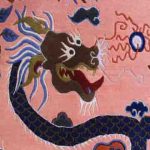
Modern Tibetan rugs can be made into any size using different combination of wool and silk, or using them individually. More than any other regions, Nepalese weavers are renowned for expertly maintaining their color and design to their finest level. The designs are very straight forward making a relaxed yet revealing the sensibility of the art. Commonly they are made as a small carpet called the Kanden used for sleeping, sitting, door mat or meditation. The traditional Tibetan rug are made to be of roughly 3ft by 6ft in measurement but due to modern needs now wide variety of sizes are available as per need. There are small to medium size carpets enough for meditation and as floor seats. There are runner types Tibetan rug, which are long in length used mostly during the ceremonial events. Such type of rug can seat many people in row. Other are the area rugs which are bigger than the traditional size of 3ft by 6ft making it perfect as decorative carpets for the rooms and meditational areas.
How to judge the quality of the rugs?
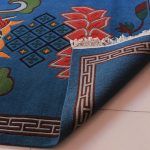
Knot density normally means knots per square inch, which means the no of vertical knots per inch of carpet times the horizontal knots in same area. These knot density affects the thickness of length, width pile and their characteristic and appearances. It is believed more the number of knots better the quality of rugs. Qualities of rugs are mostly defined as knots per inch. Quality is differentiated with the amount of knots used per inch while weaving the rug. The three most common quality levels are 60 knots per square inch, 80 inch per square inch or 100 knots per square inch. Finished rugs can have more than half a million knots.
What is the difference between Synthetic carpets and Woolen carpets ?
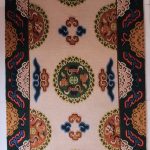
Synthetic carpets are made up of materials like nylon, polyester, or polypropylene. These carpets are often cheap compared to the woolen carpet. These carpets are easy to clean and pretty durable and also said to hold the colors pretty well. Because of polypropylene these carpets have superior stain resistance and have high resistance against color fading from sunlight.
However Woolen carpets are very soft and pleasing to touch compared to the synthetic carpet even environment friendly. The wools are naturally dirt repellent and retain color well. However due to high price of woolen carpets people tend to choose the synthetic carpet as woolen carpets are even prone to damage due to detergent.
What is an area rug?
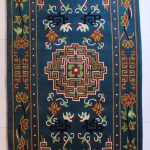
Area rugs are the alternatives for wall-to-wall carpet because they are easier to remove and clean. They also need very less commitment and easy to switch if you want to redecorate. These carpets are not very long so can be used to decorate small spaces as well.
What should I look for when buying a rug?
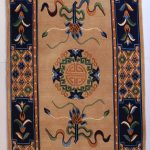
The first thing to look when searching of rug is finding rug which matches the sense of your style. Since you are going to be investing a lot of money in the rug, you might be living with it for pretty long amount of time. So getting the rug that matches your style is top priority.
Rugs need to be cleaned very regularly but that is more necessary if the rug is kept in heavy traffic area. Mostly the woolen rug as it can take the smell from surrounding if not taken care properly. So you should choose rug that you can afford to clean and maintain regularly.
Before you get the rug you should know where the rug is going to be placed. How big is the room? what size rug fits the room? how it’s going to be used? Question such as above are the major points to be considered. Taking up every nook and corner of room doesn’t look very good. So it’s suggested to take the rug covering the right amount of space. Ideally rugs are placed in areas where you are likely to walk barefooted. Also if you move a lot you should consider getting a rug that may fit in those future rooms or you may end up ditching the rug more quickly than you planned.
The major reason why people buy the rugs and carpets is for the feel it gives. Rugs are smooth to touch, pleasant to step on or even feels cozy. Smoothness also depends on quality of the rug like 100 knot carpets are more softer and smoother compared to 80 knot carpets. Also, woolen carpet is different than synthetic. Woolen rugs are more smoother and softer. Make sure you choose the rug material that pleases you.
Why are Tibetan rugs getting famous?

Tibetan rug making is regarded as ancient tradition of Tibet. Tibet prides itself on its long history of fine craftsmanship and its cultural influence on neighboring countries. Since the Tibetan rugs are very unique and beautiful these rugs are making their way into people’s home worldwide representing the work and dedication of craftsmen involved in rug making like a piece of art. The Tibetan rug industry was re-established using the European commissions for purpose of creating employment for Tibetan refugees in Nepal. The industry then rapidly progressed into higher standards of the European weaving companies. By the end of 19th century, the American designers and buyers took great interest in Tibetan style rugs, making Tibetan rugs even more famous.
How are the traditional Tibetan rugs made?
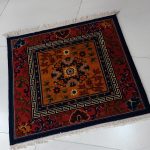
Creating the traditional Tibetan rug is pretty lengthy process as it includes various steps. However the methods used in creating the Tibetan rugs may differ from one industry to another. Even though they are commonly hand woven, machine woven rugs can also be found.One of the most common ways is described below.
Getting wool: First the industries get the wools from the sheep from different countries varying according to the industry’s need.
Cleaning wool: These wools are cleaned from any foreign matters that may have resided in sheep which could affect the quality of end product.
Carding Process: After the cleaning process, the wools are broken down into the fiber like structure so that it can be spun. This process is known as carding process. This process is done either by spinning machine or spun into the spinning wheels by hand.
Dye the wool: For the colors of rug, again wools are dyed either by hand or machine. Most commonly pot dying method is used for this process.
Drying the wool: The drying process follows dying process where the wool is dried in sun after being dyed in color.
Design or make a sketch of a rug: For the design of rugs, a sketch guide is created as a template on grid.
Knit the rugs: Rugs are then hand knotted to match the guide.
Trim the rugs: Then the carpets are trimmed to the perfect length to make the design stand out more.
Wash and Clean: After the trimming process the carpet is washed with water and chemicals to make it picture perfect.
Dry the rug under the sun: Since washing causes rug to shrink in size, they are left to dry in rack stretching them back to their original size.
Finalize with final touches: After this the carpet gets some final touches and then is ready to be exported.
If you want to check out different designs and types of rugs click here or if you want to check out our tibetan rugs click here.
 The statue arrived super fast and very well packed. The vibe in my apartment changed immediately into something deeply calming and soothing. As if all the tensions and anxieties have melted. Can’t believe just how majestic he looks. I was already deeply moved by the photo, but when I see the statue with my own eyes…It feels as if Manjushri is right there, with infinite compassion in his infinite wisdom. May all sentient beings be benefitted and realize their true nature.???
The statue arrived super fast and very well packed. The vibe in my apartment changed immediately into something deeply calming and soothing. As if all the tensions and anxieties have melted. Can’t believe just how majestic he looks. I was already deeply moved by the photo, but when I see the statue with my own eyes…It feels as if Manjushri is right there, with infinite compassion in his infinite wisdom. May all sentient beings be benefitted and realize their true nature.???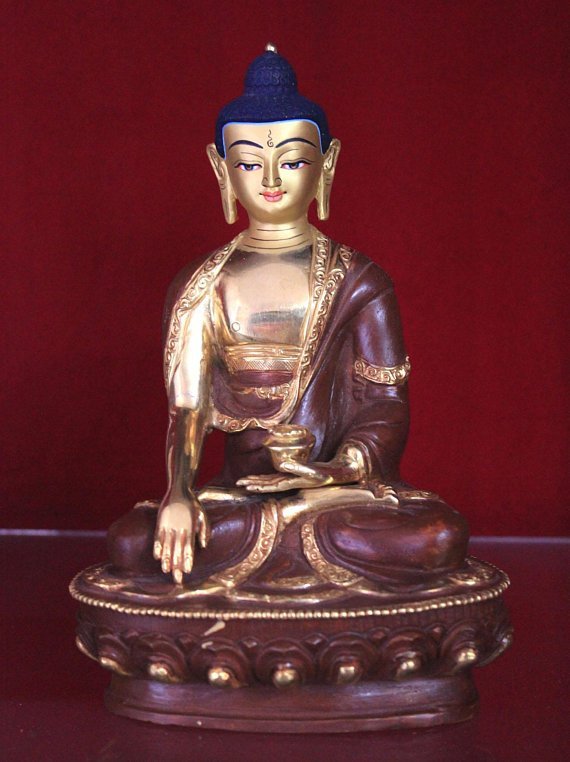
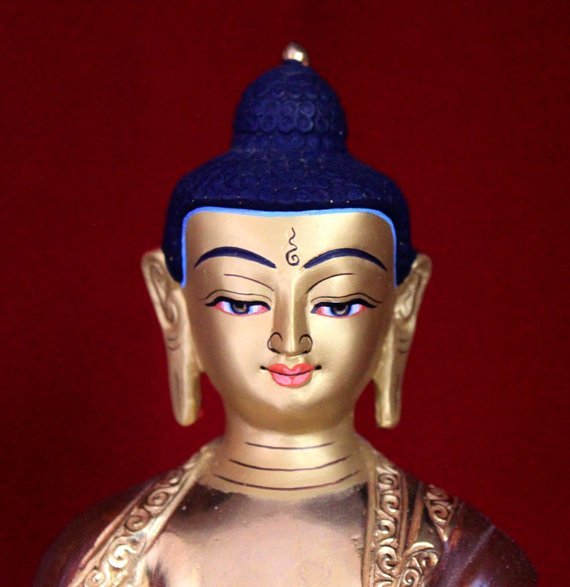
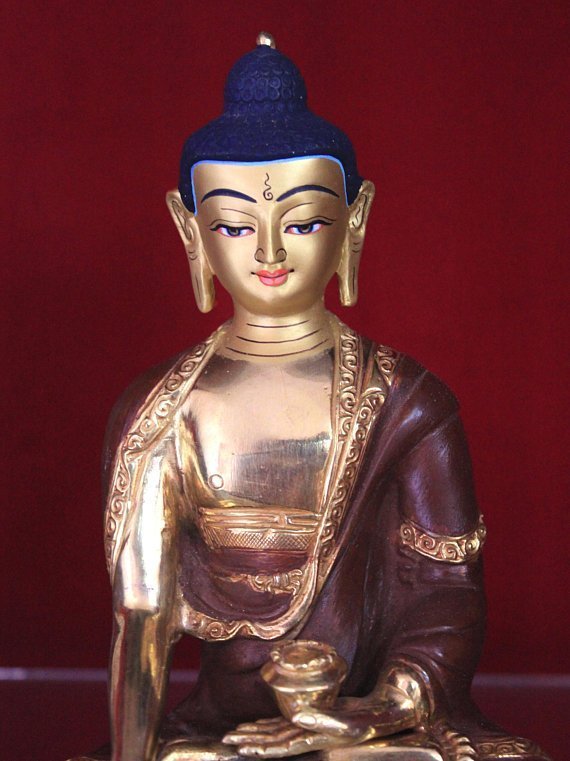
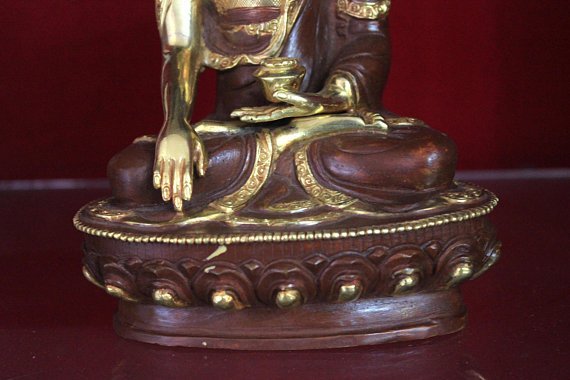
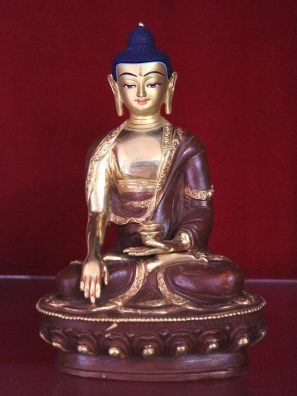
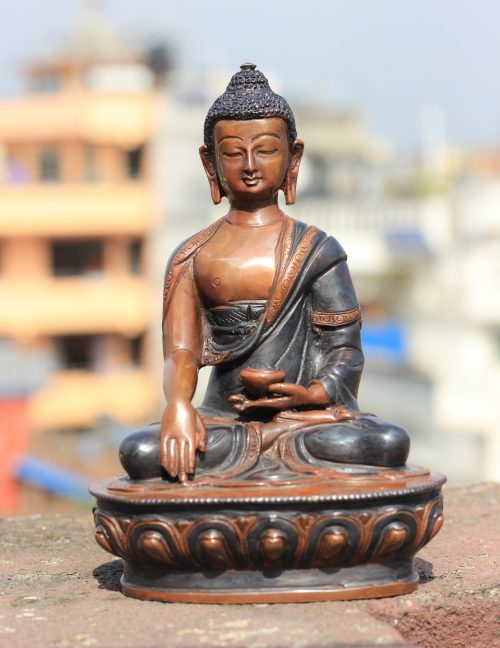
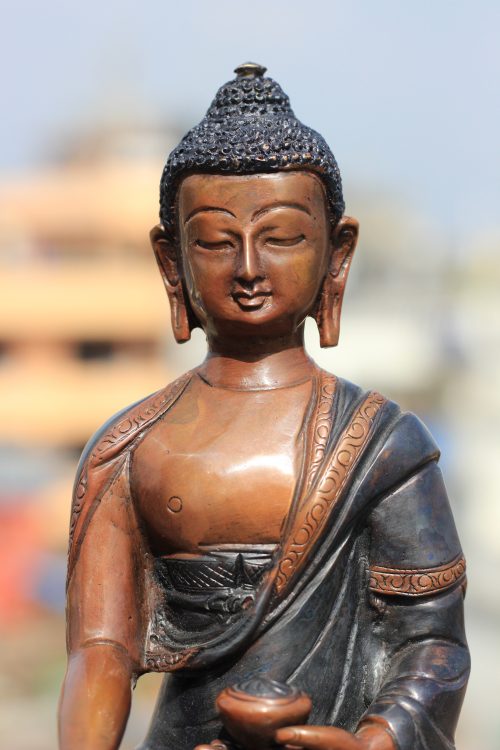
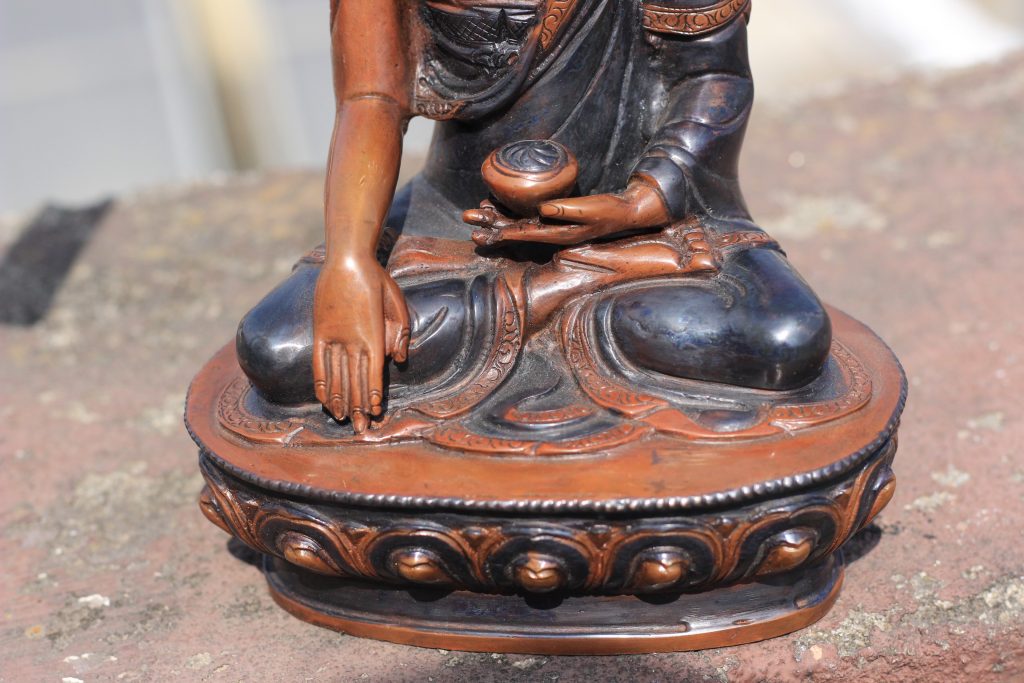
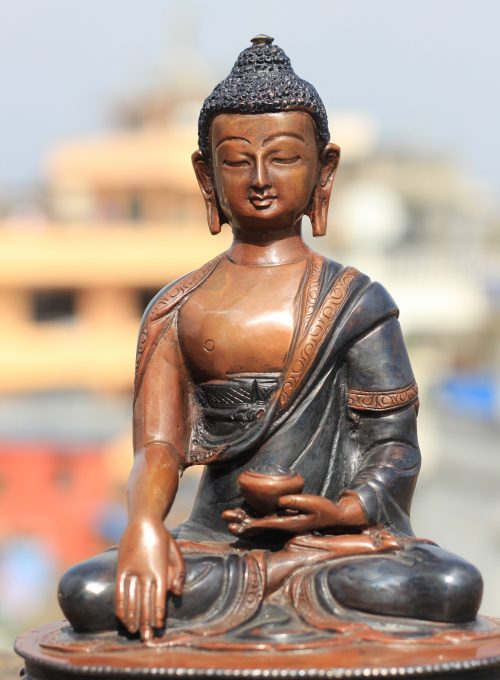
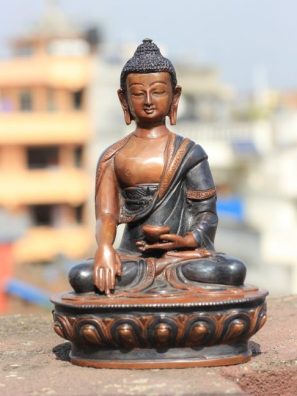
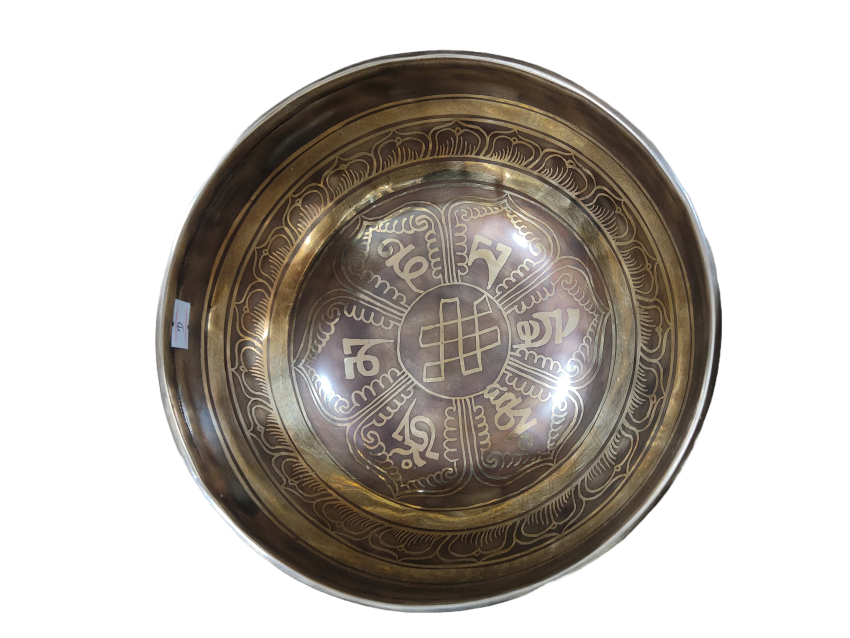
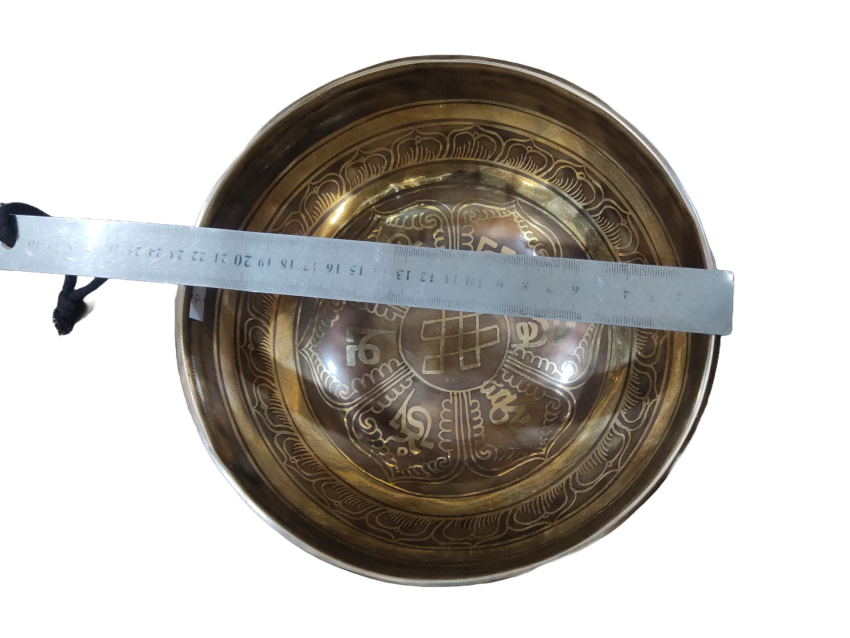
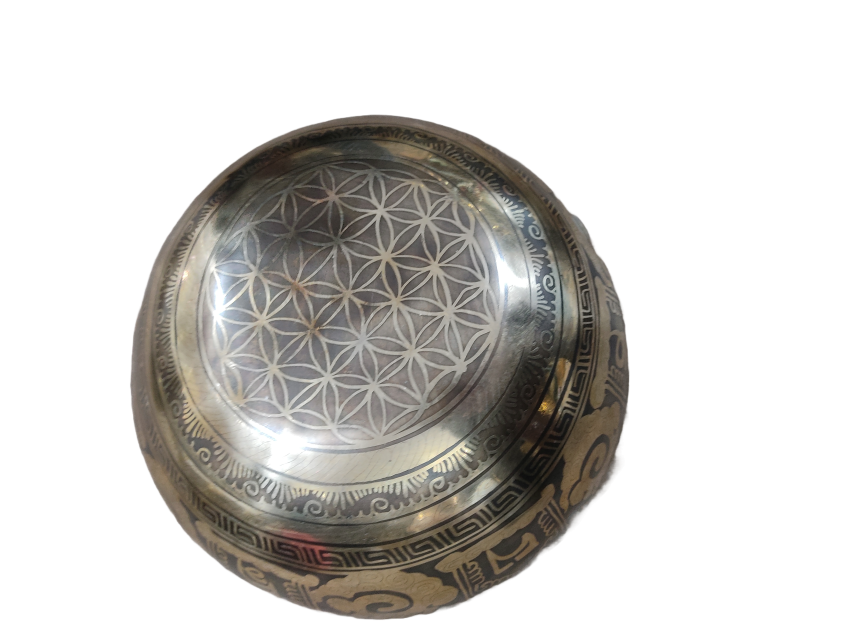
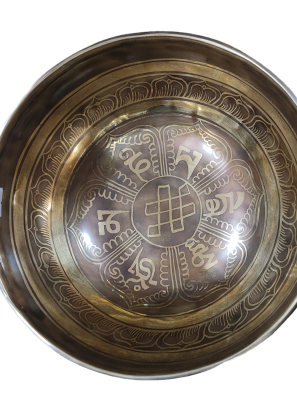
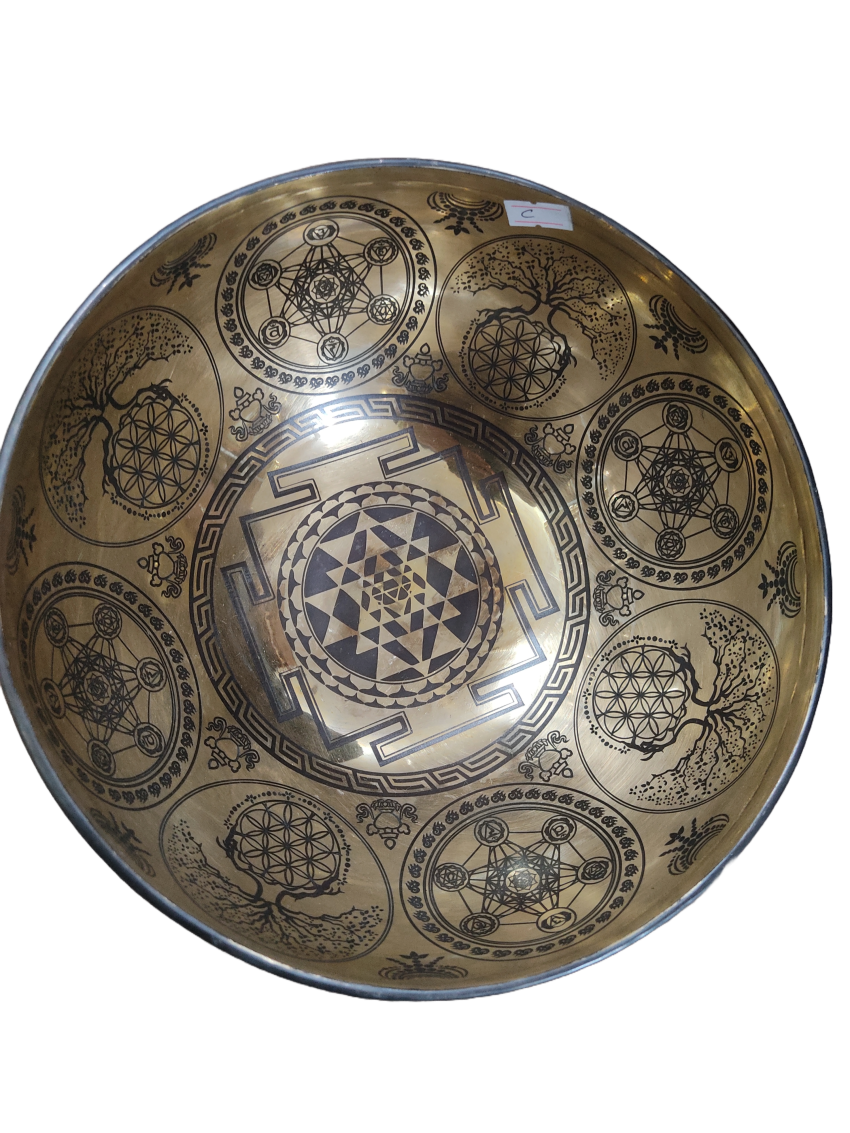
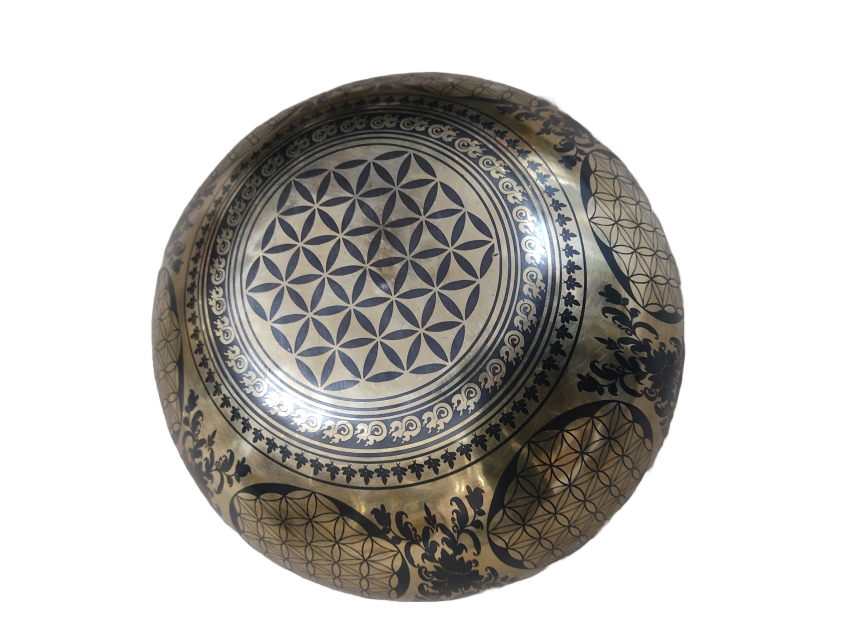
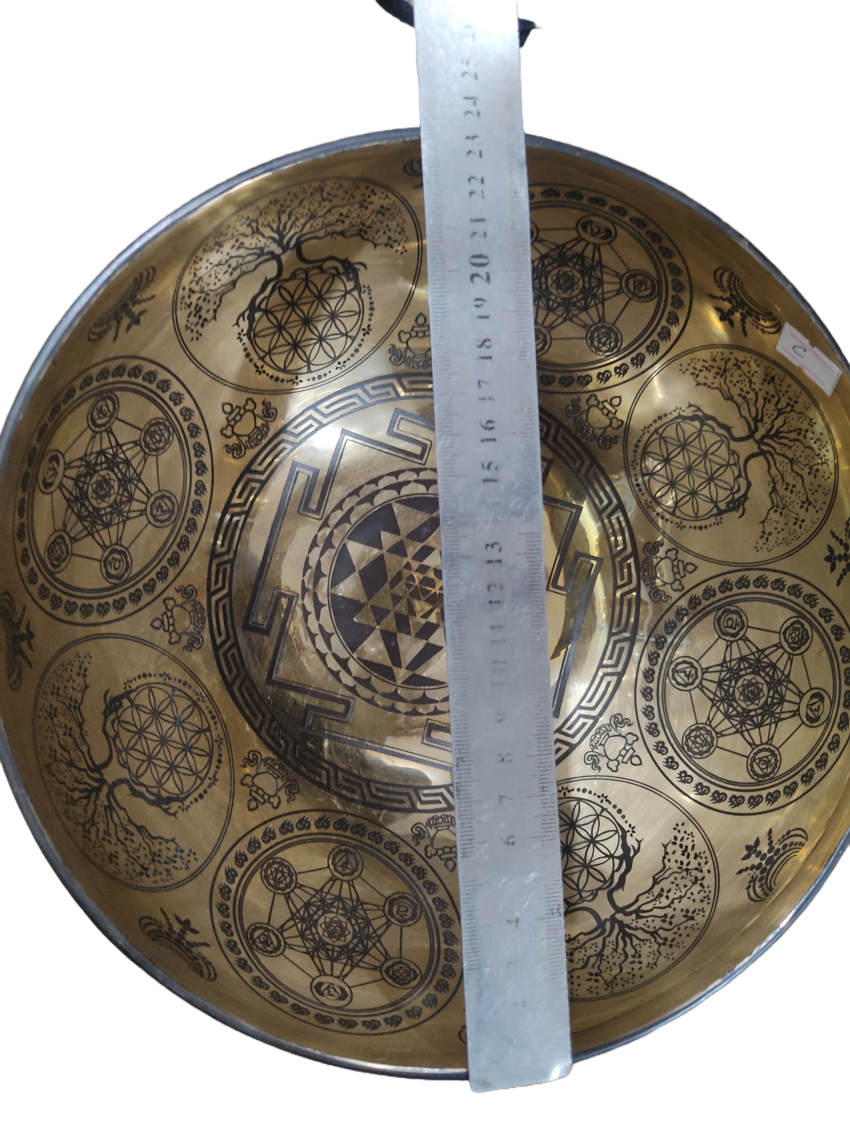
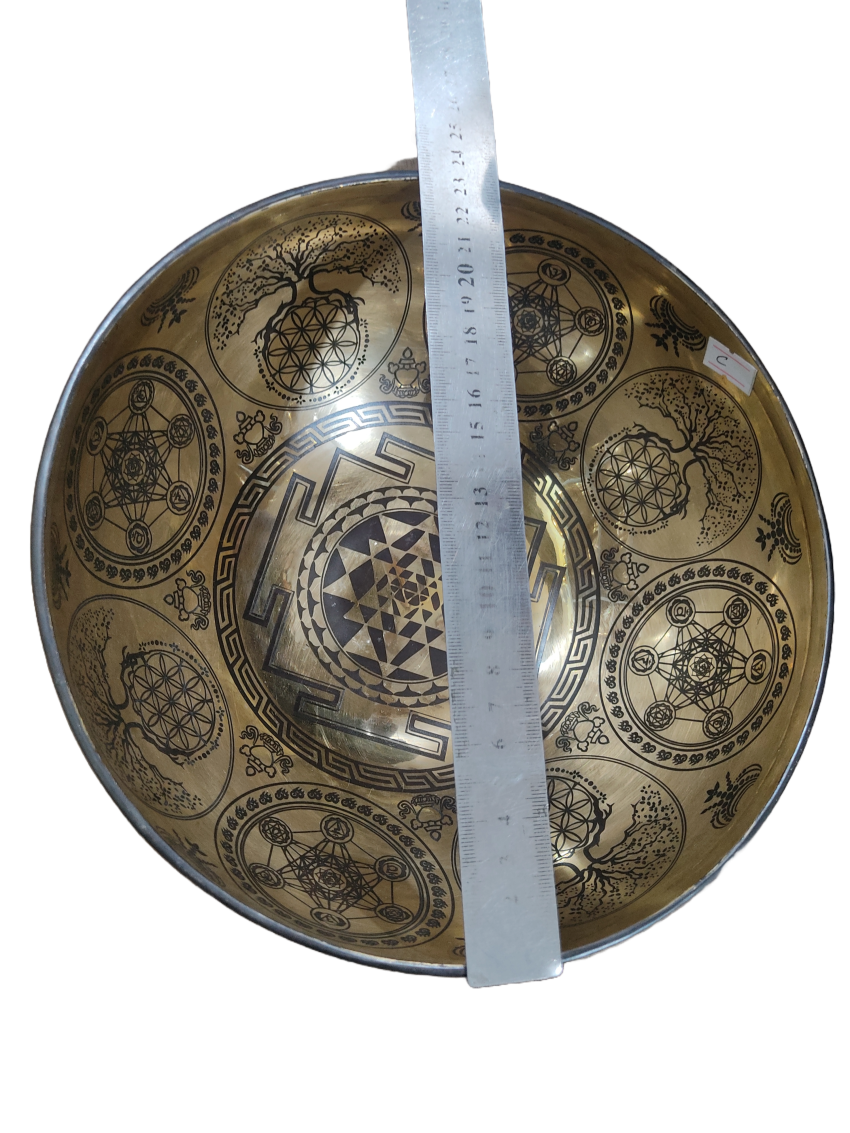
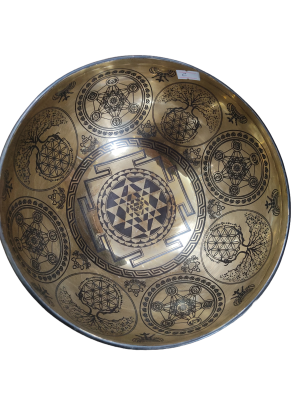
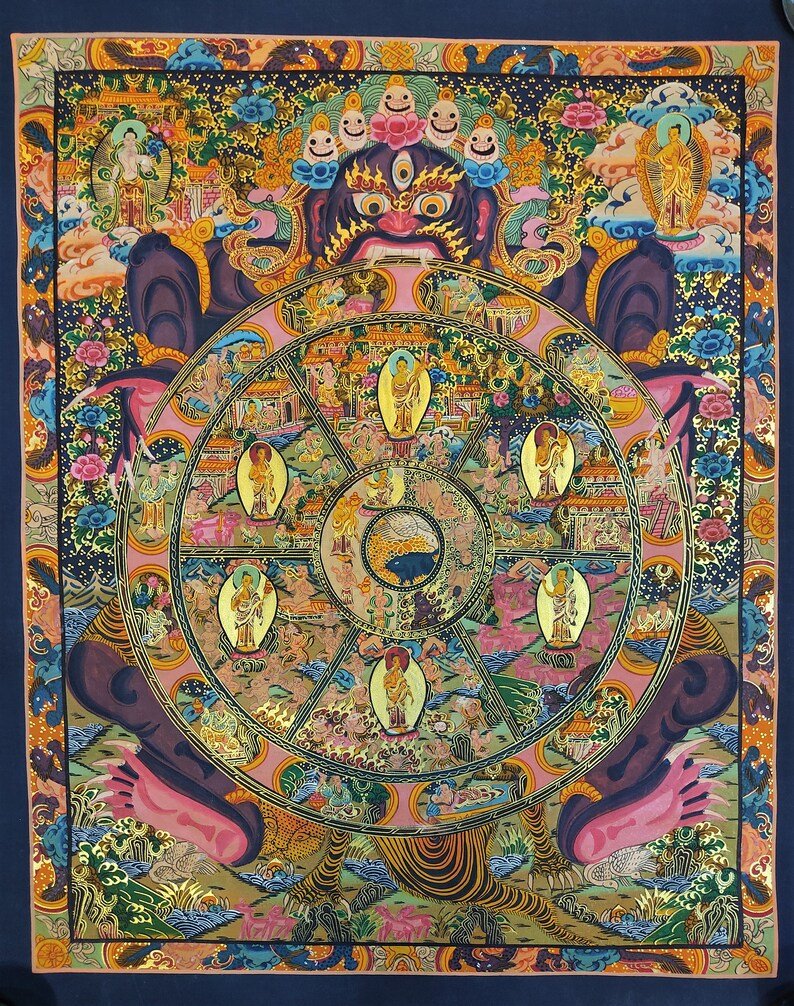
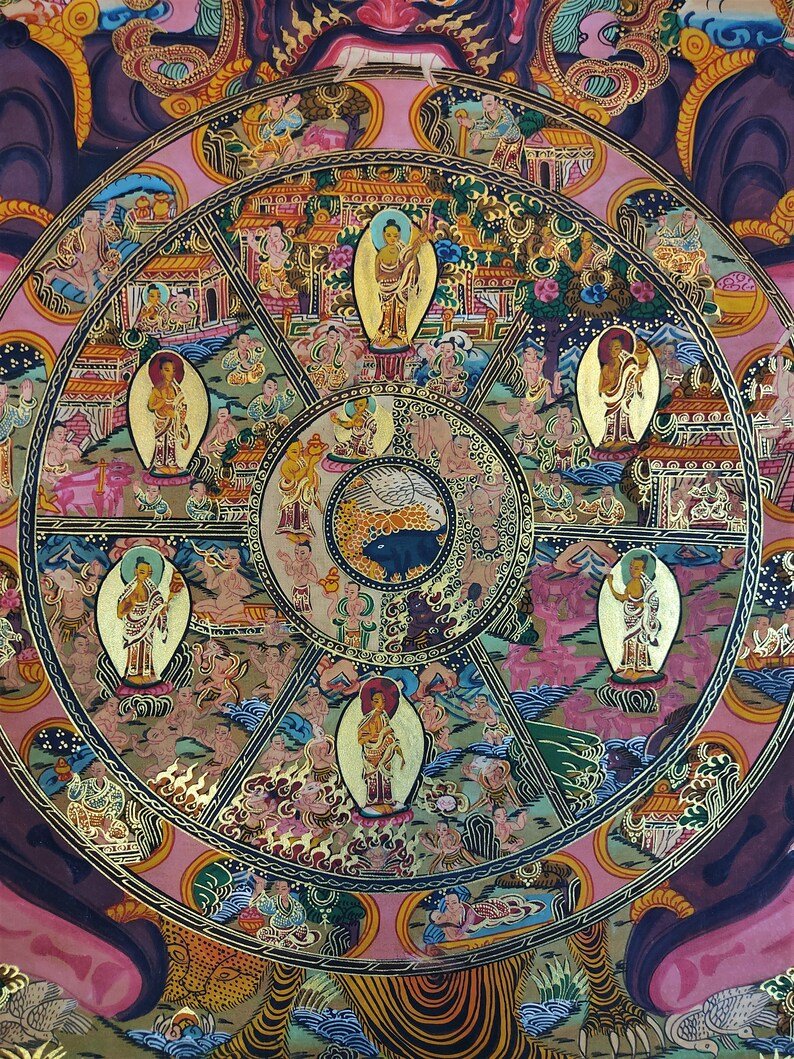
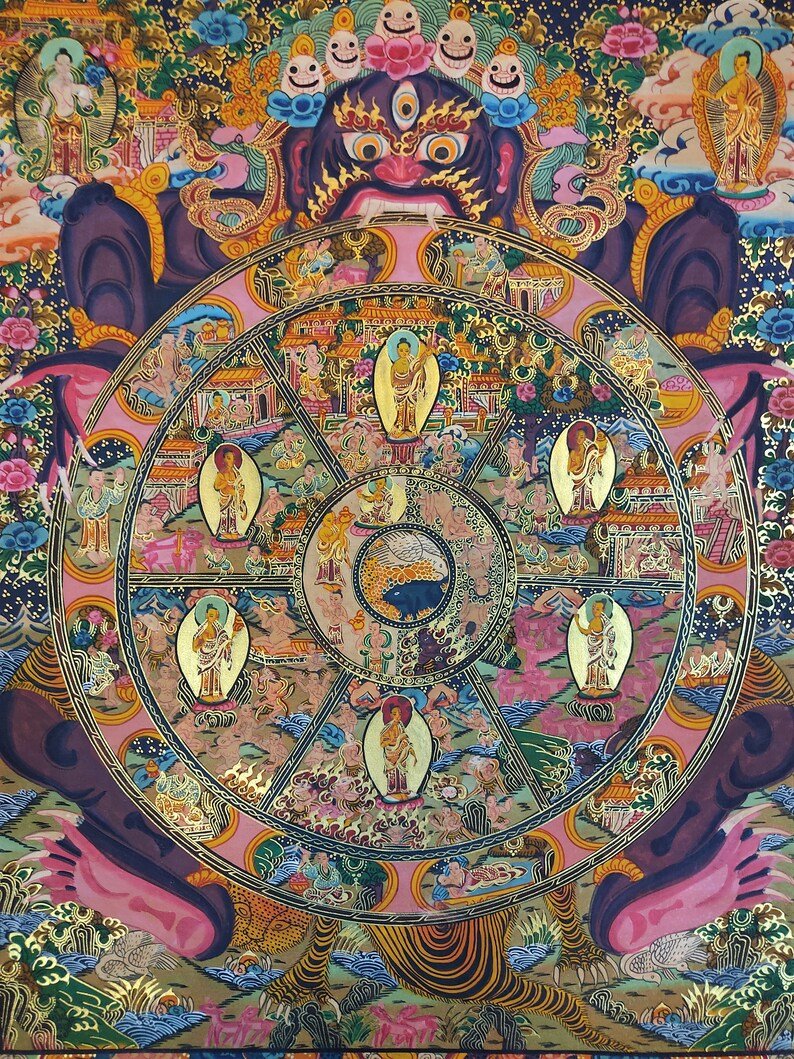
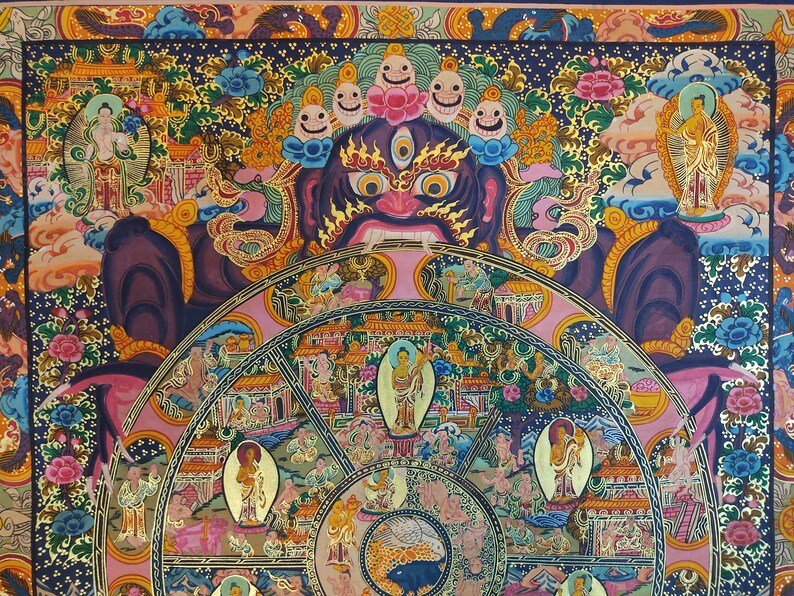
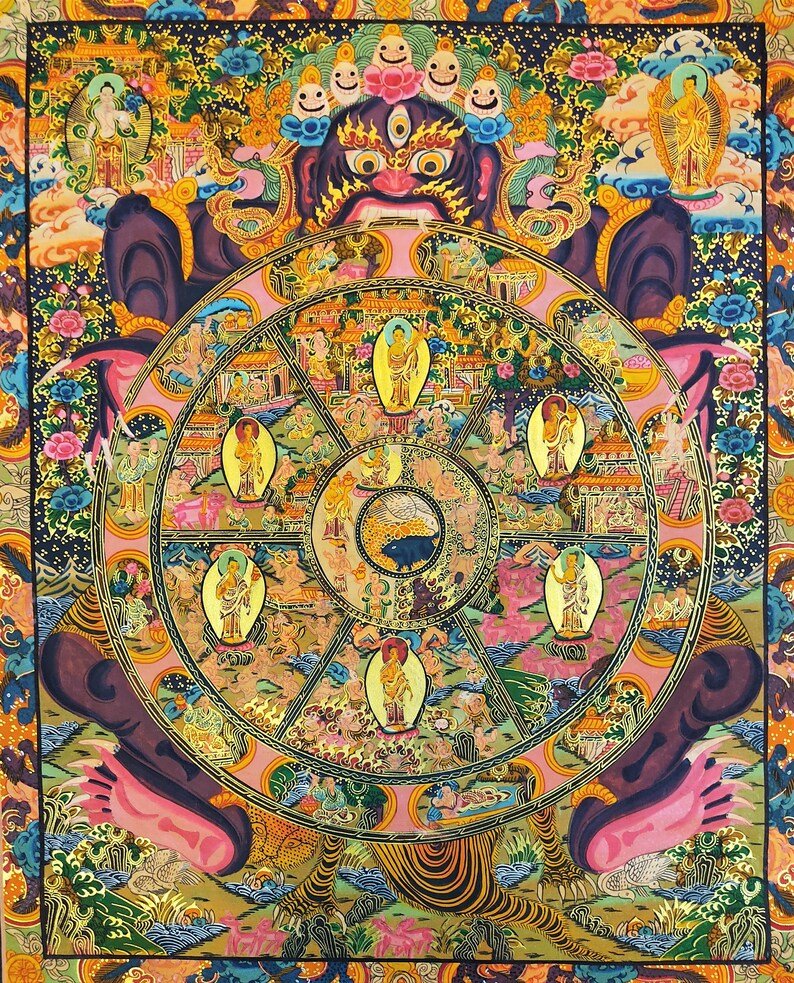
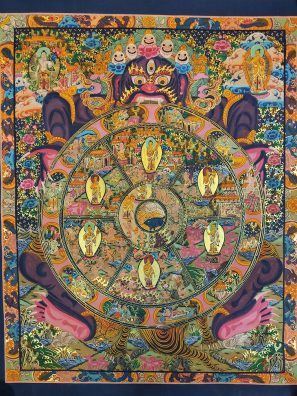
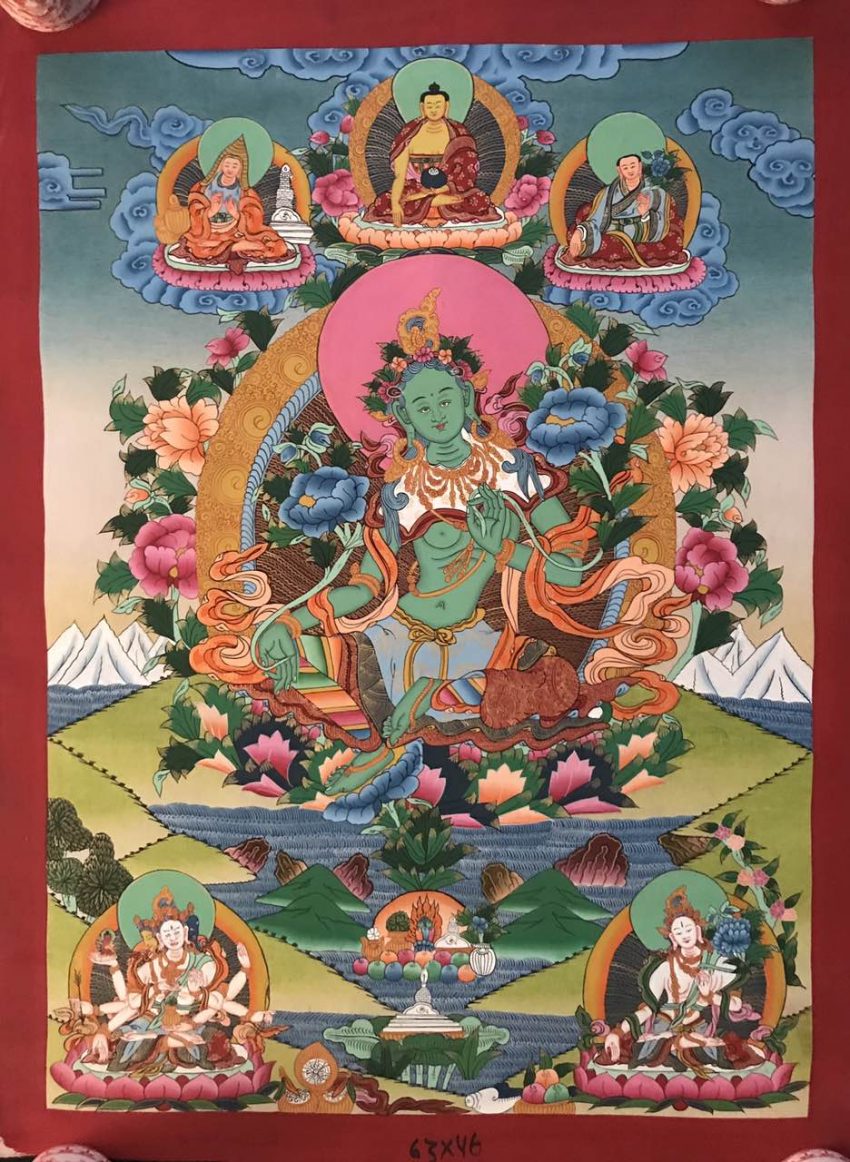
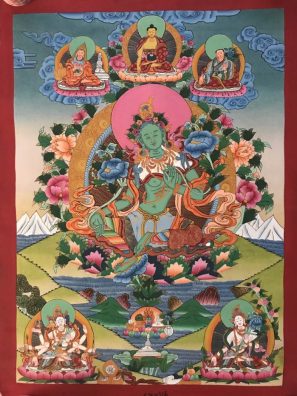
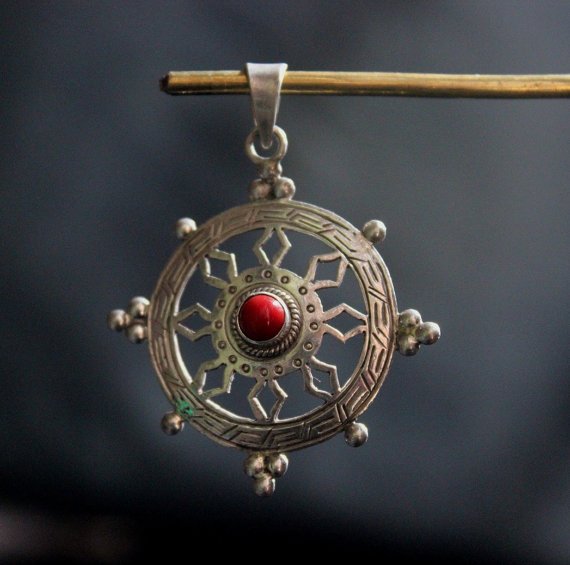
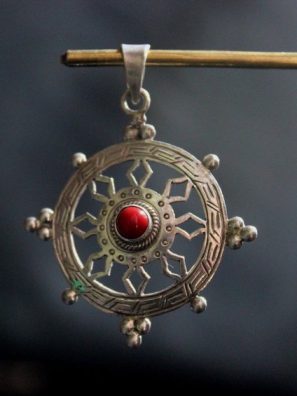
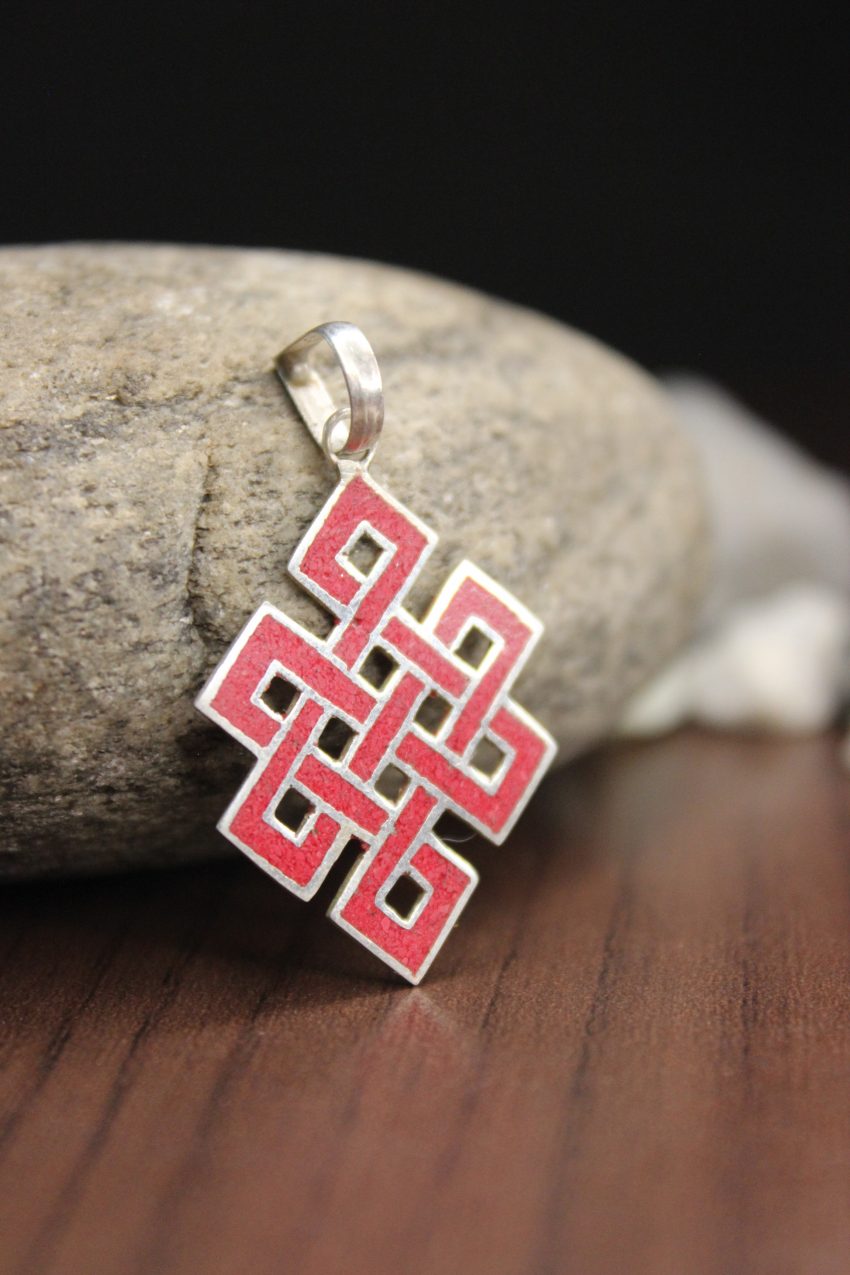
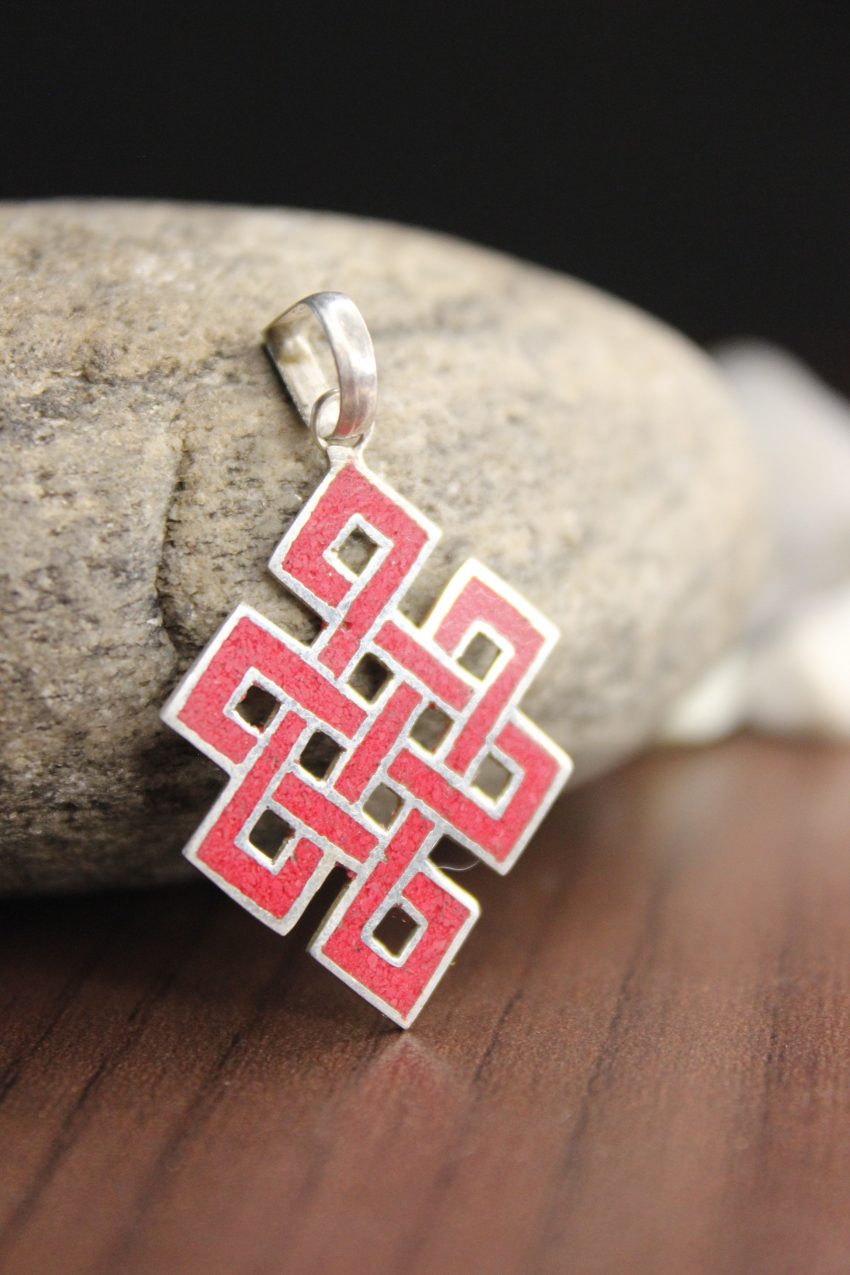
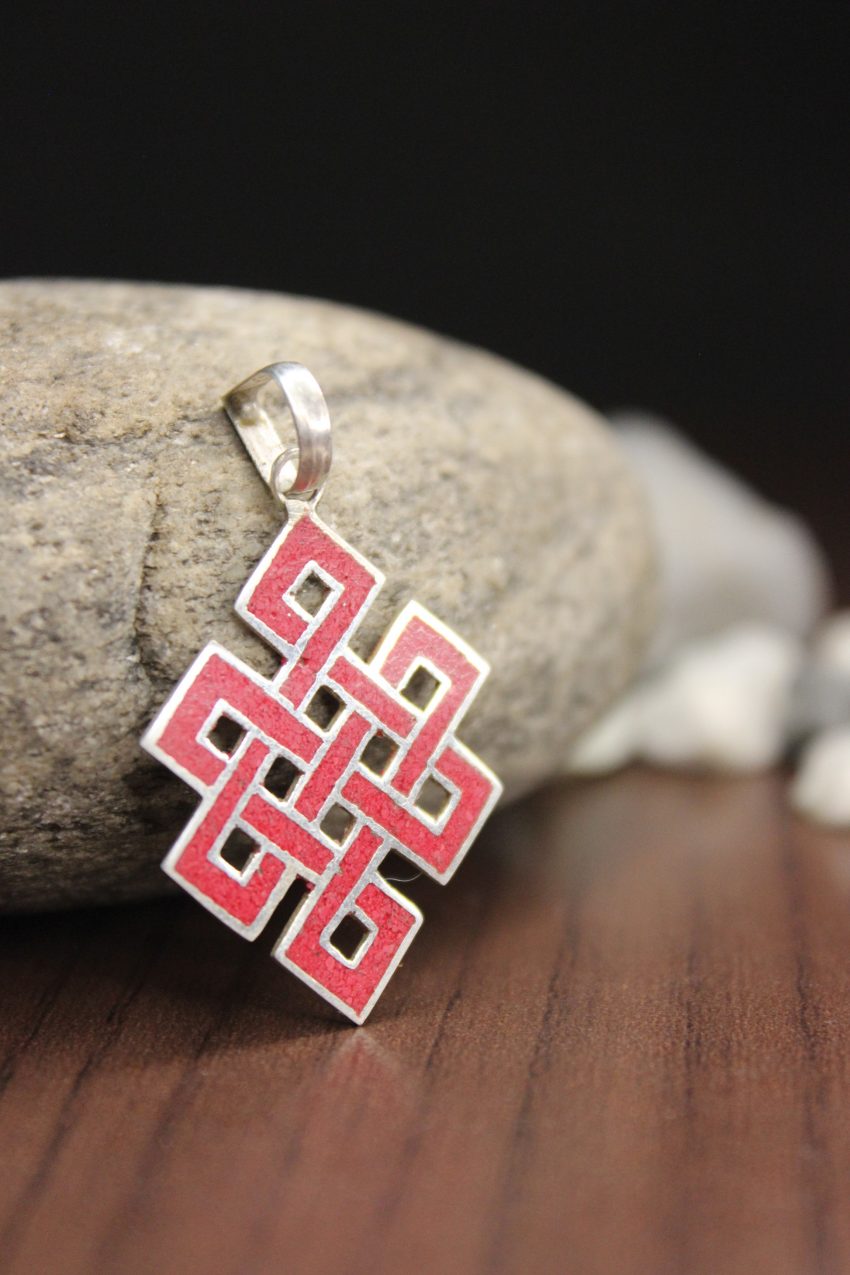
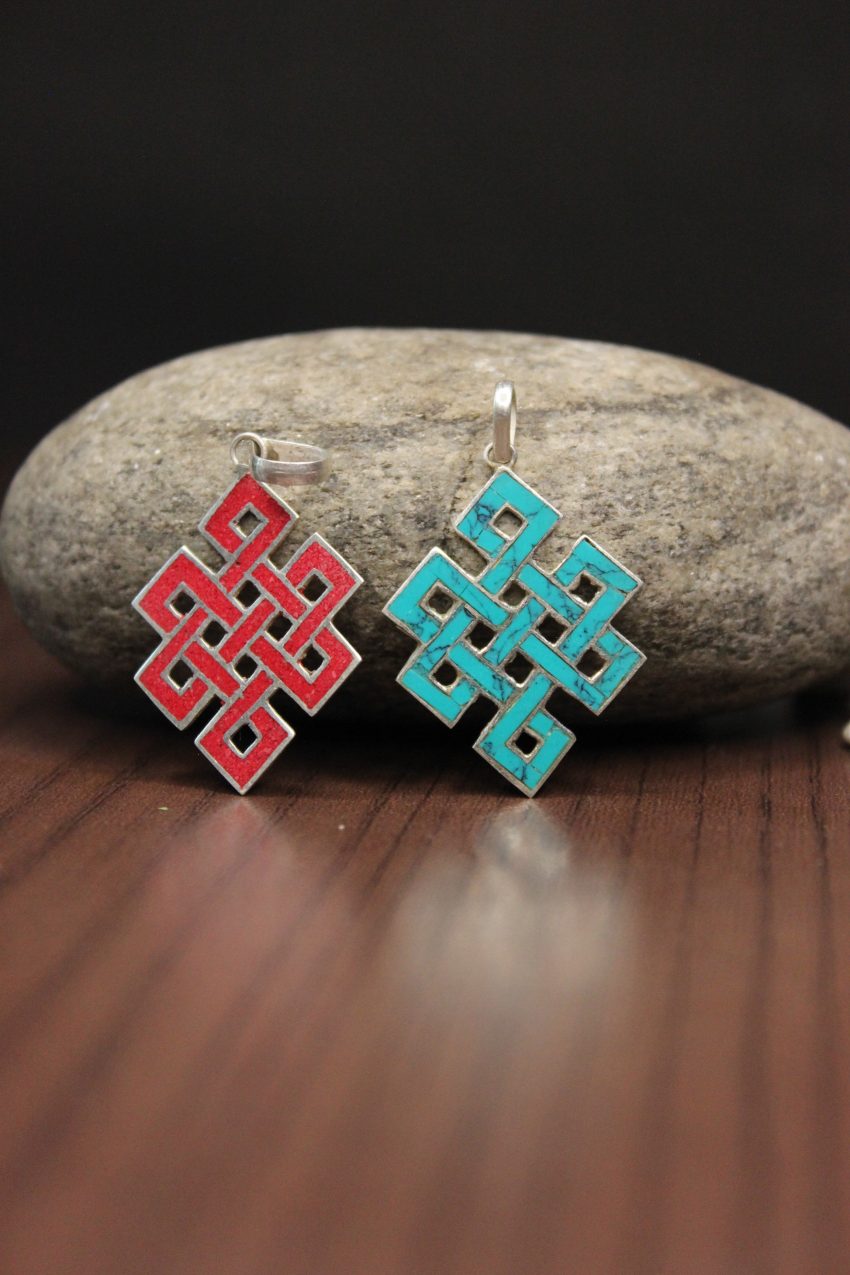
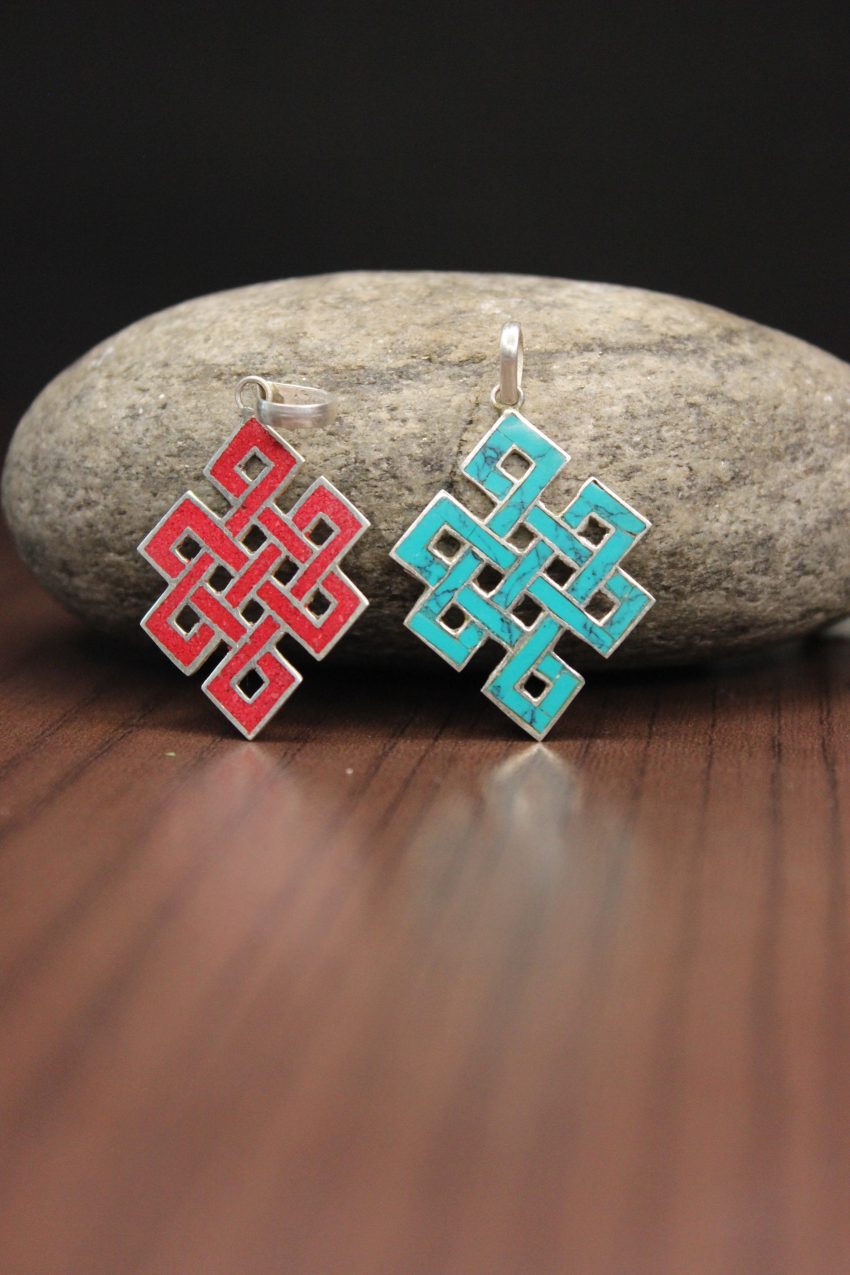
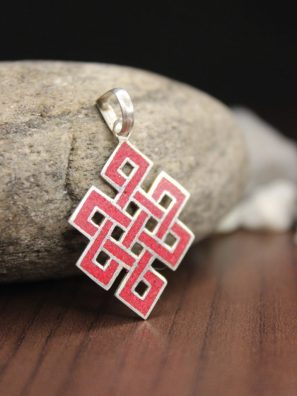
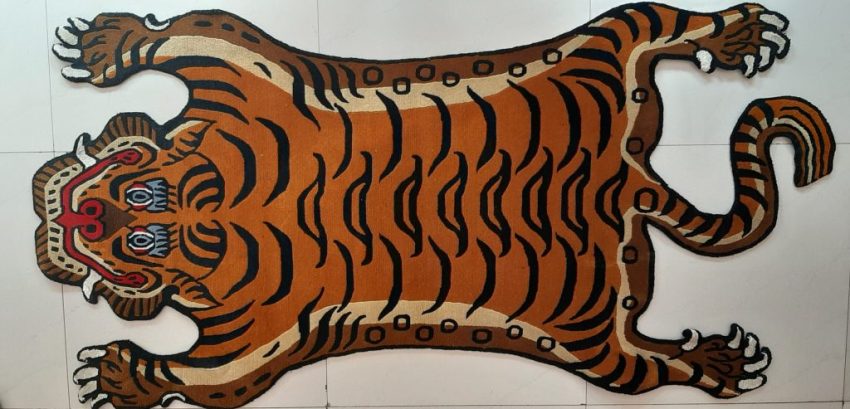
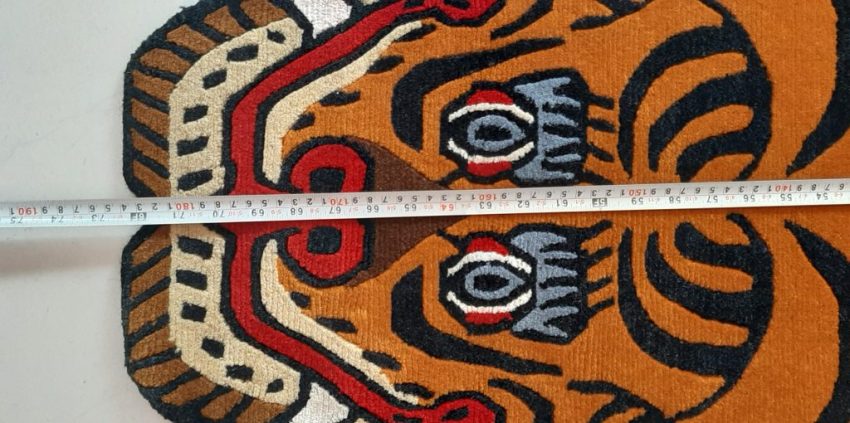
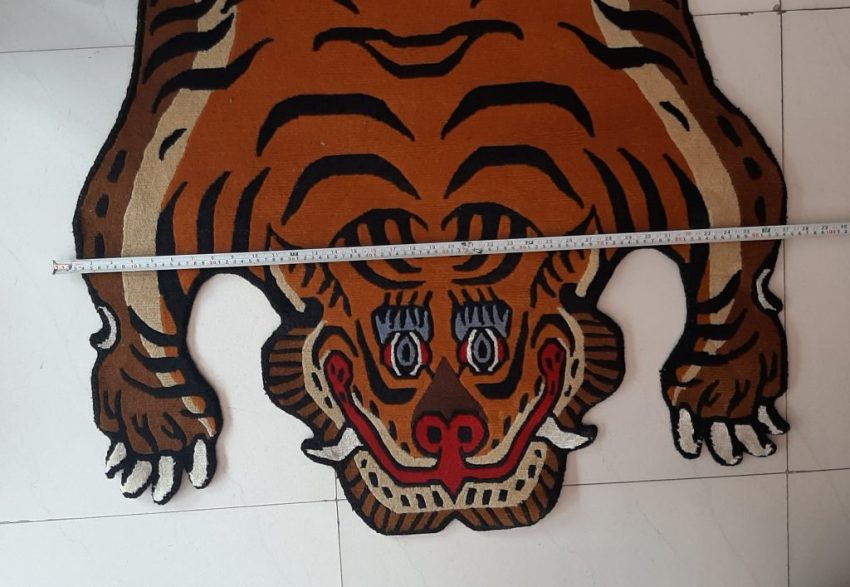
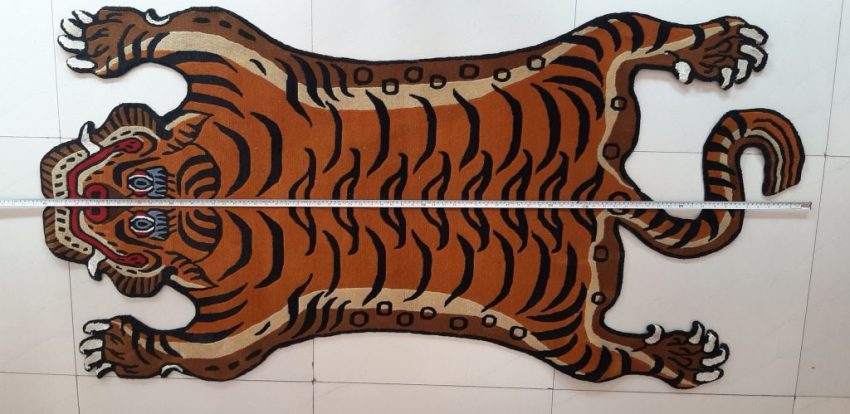
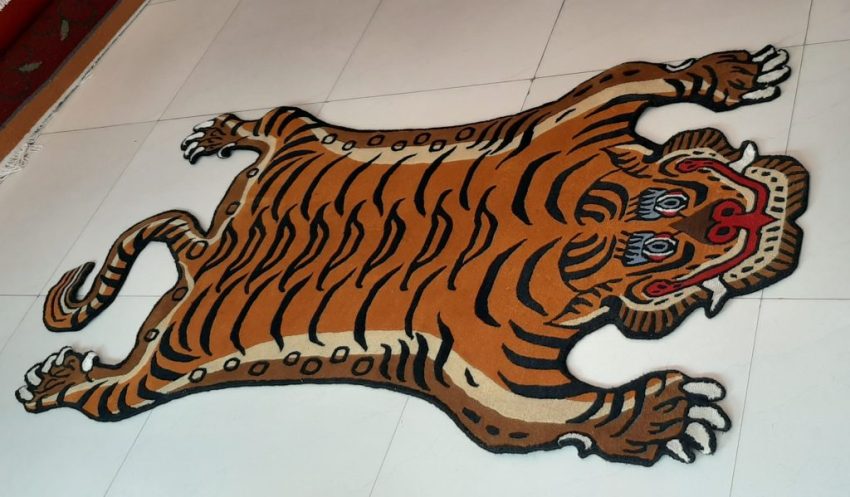
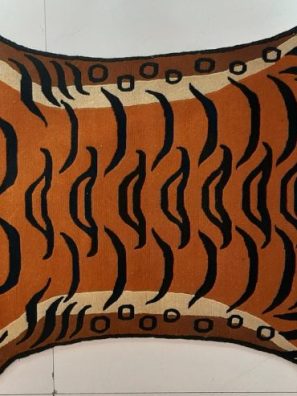
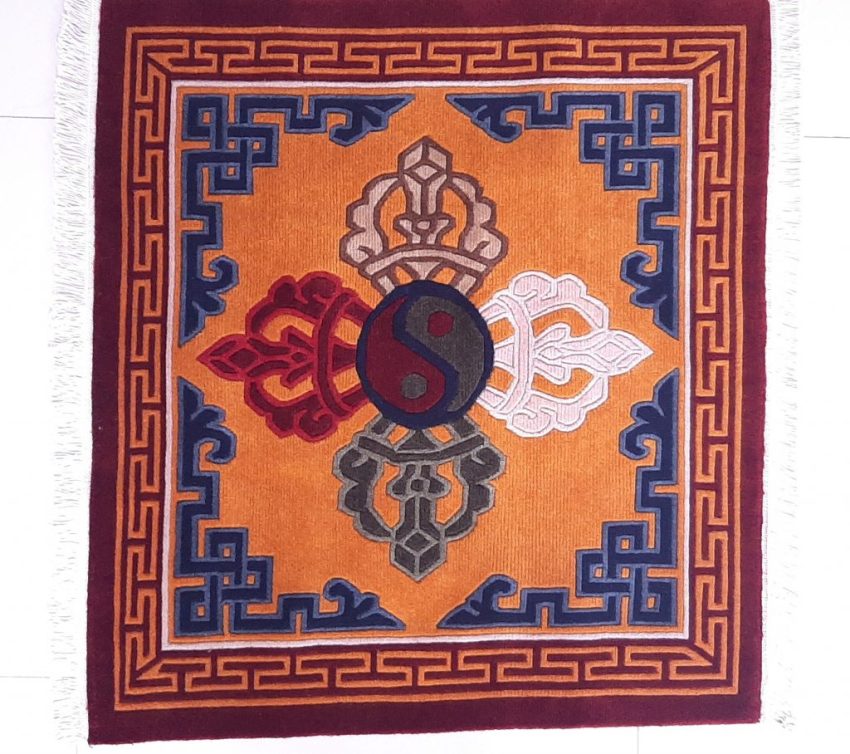
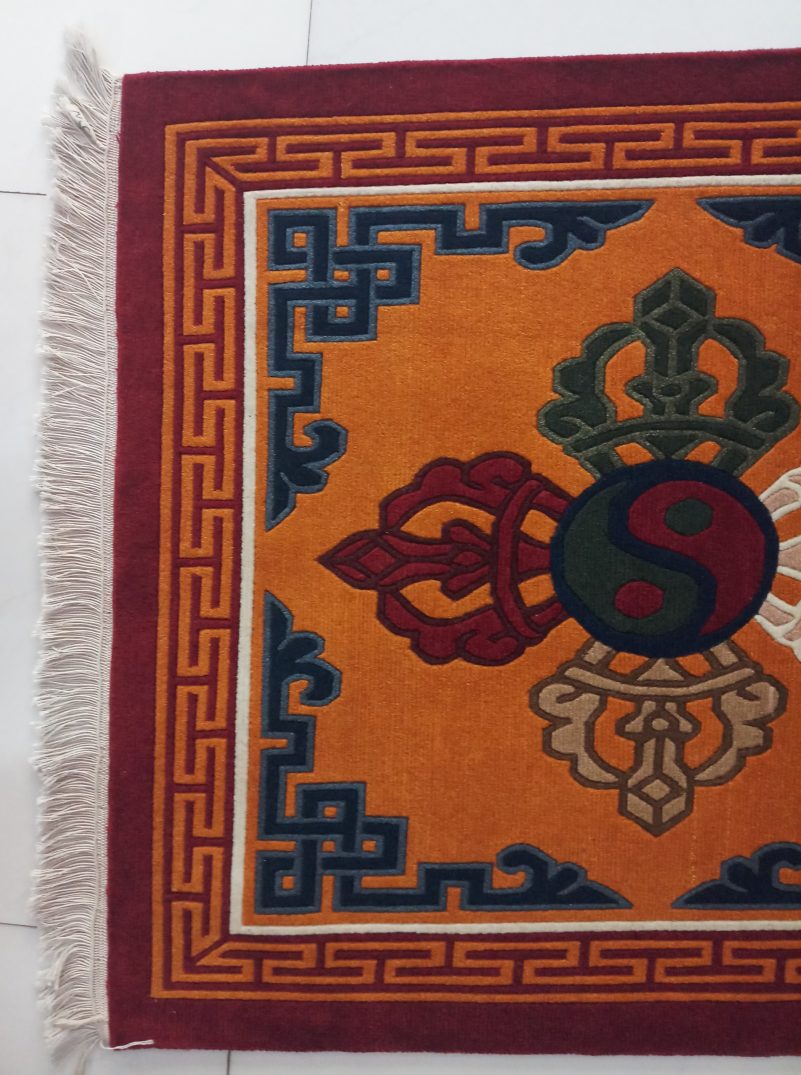
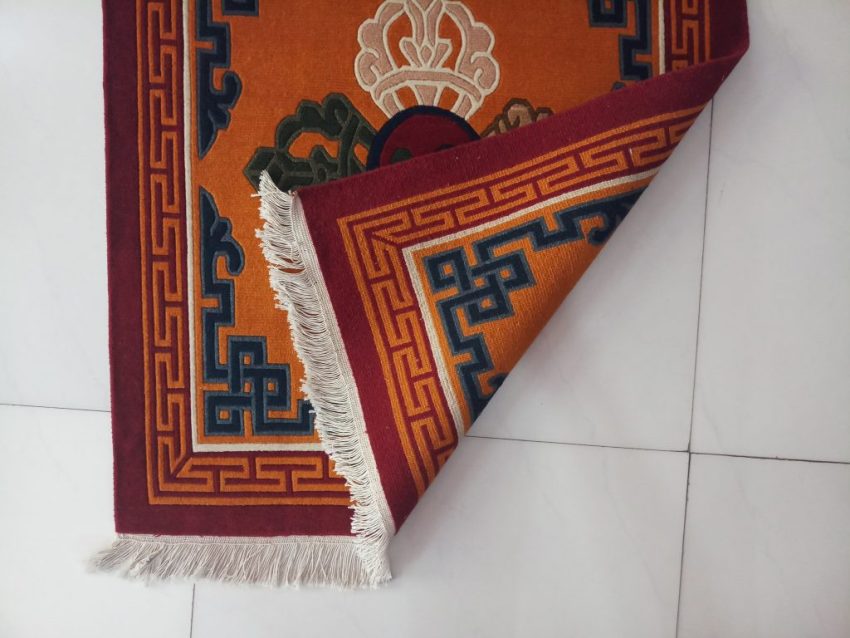
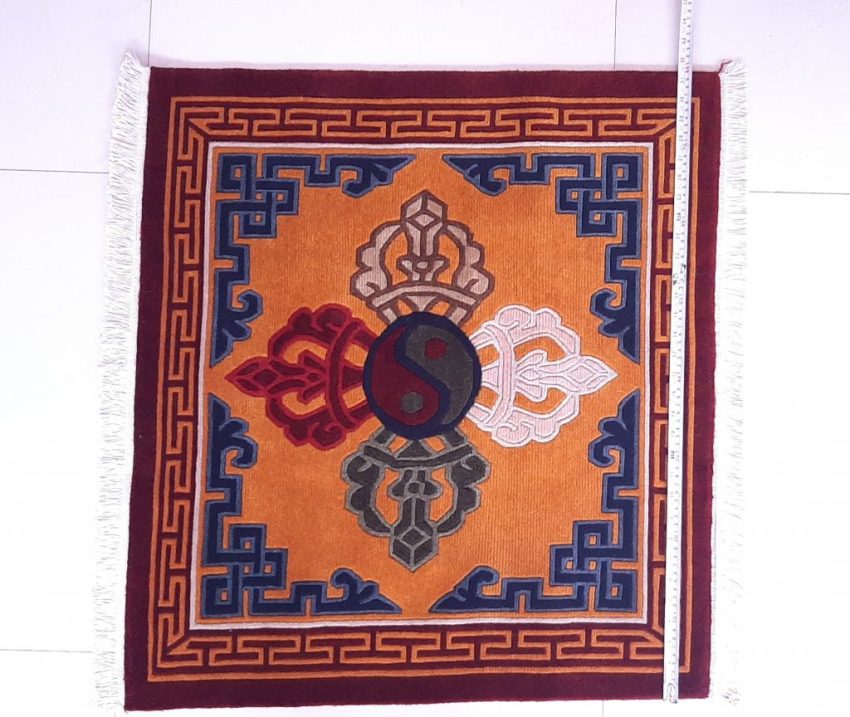
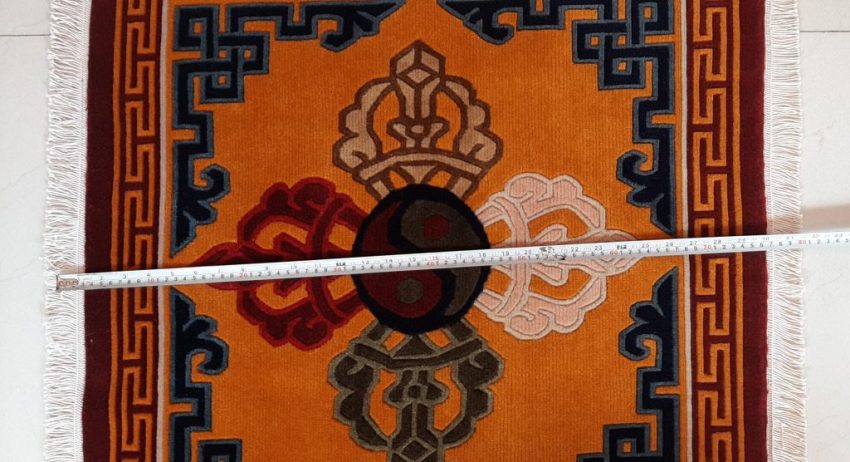
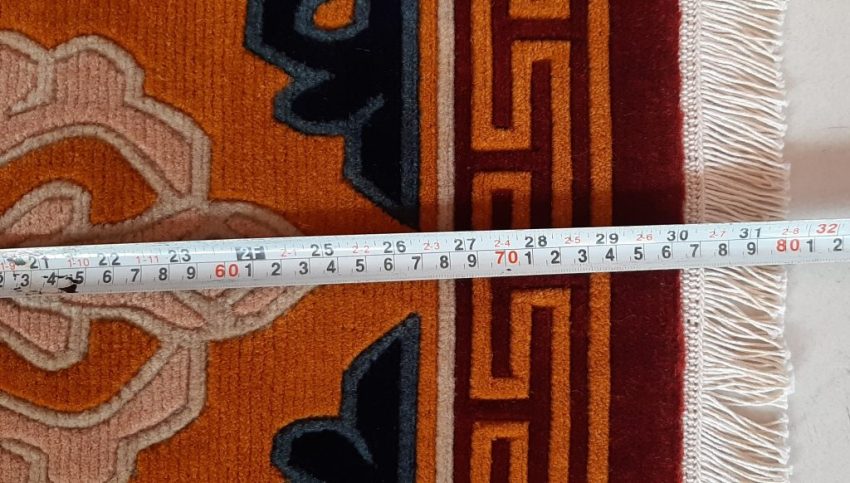
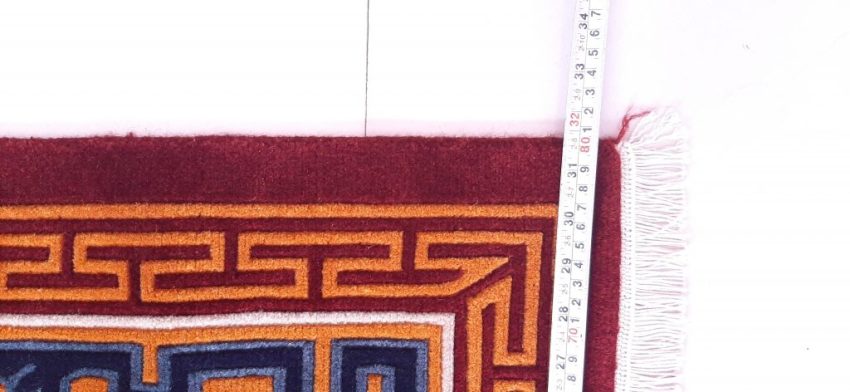
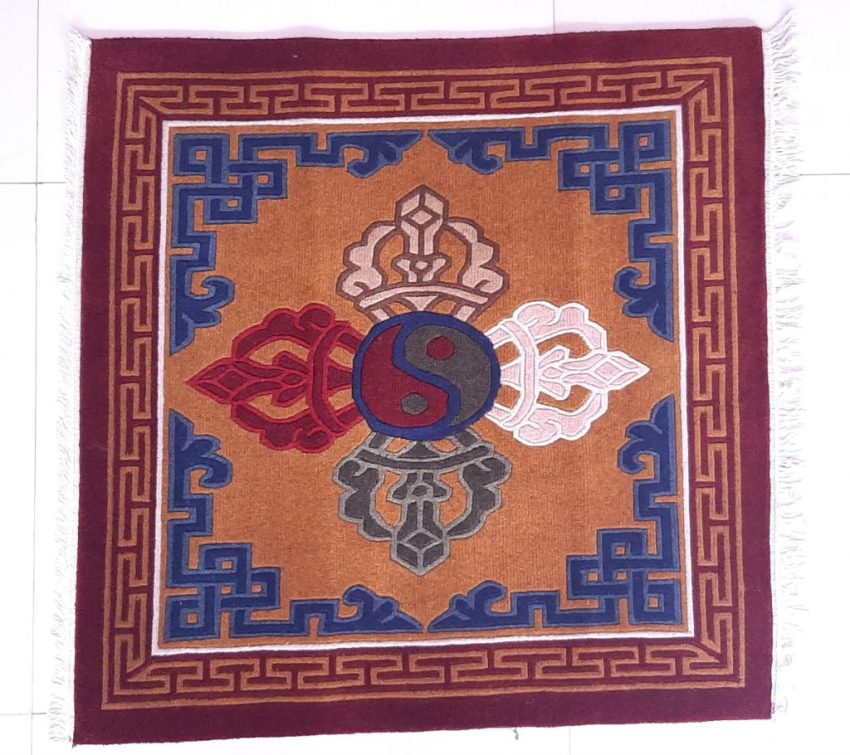
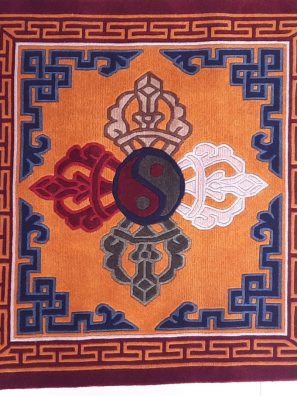

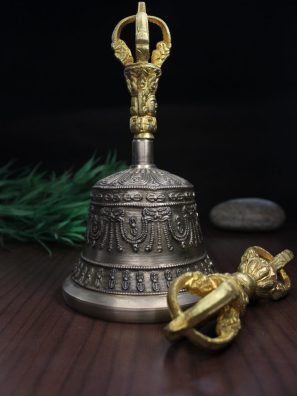
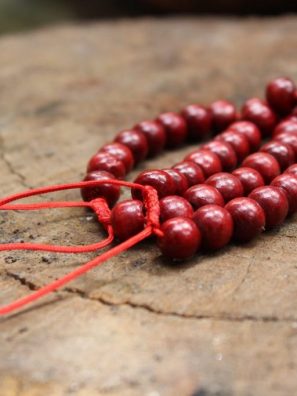
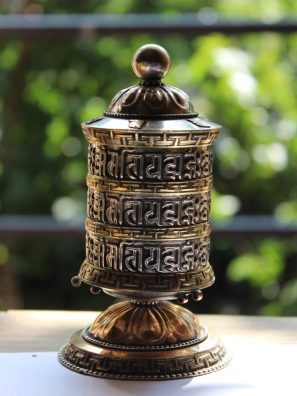
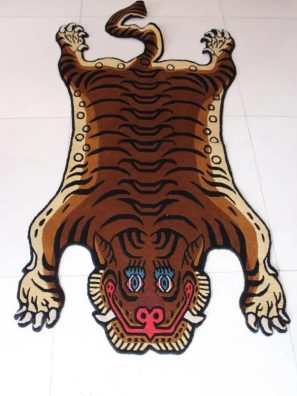
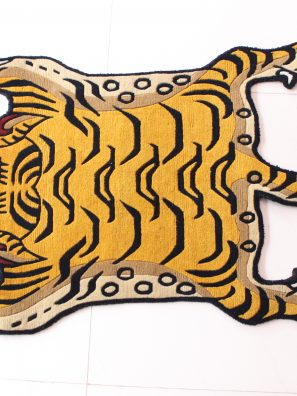
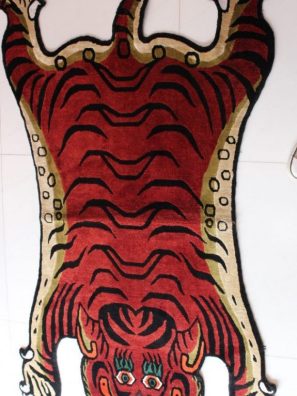
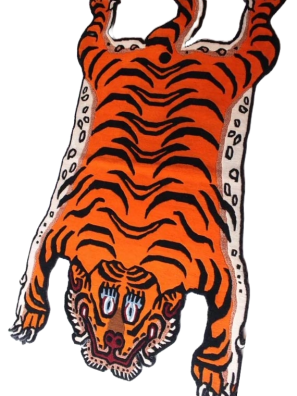
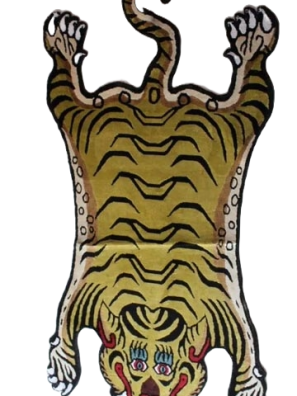
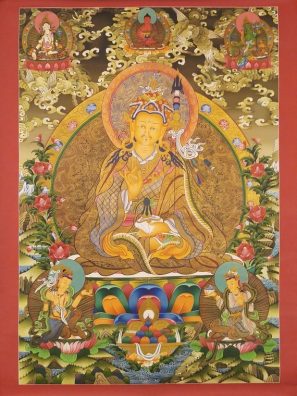
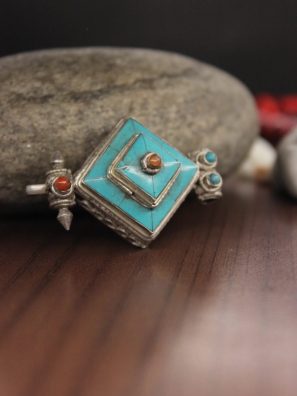
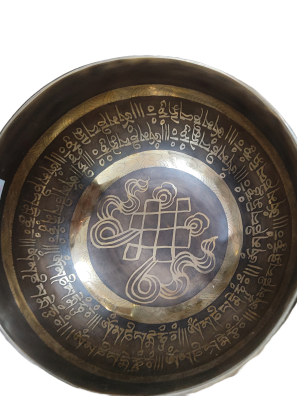
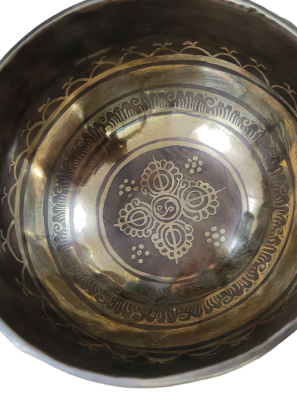
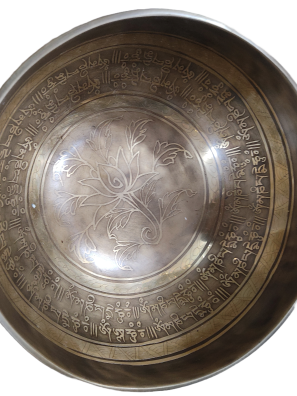
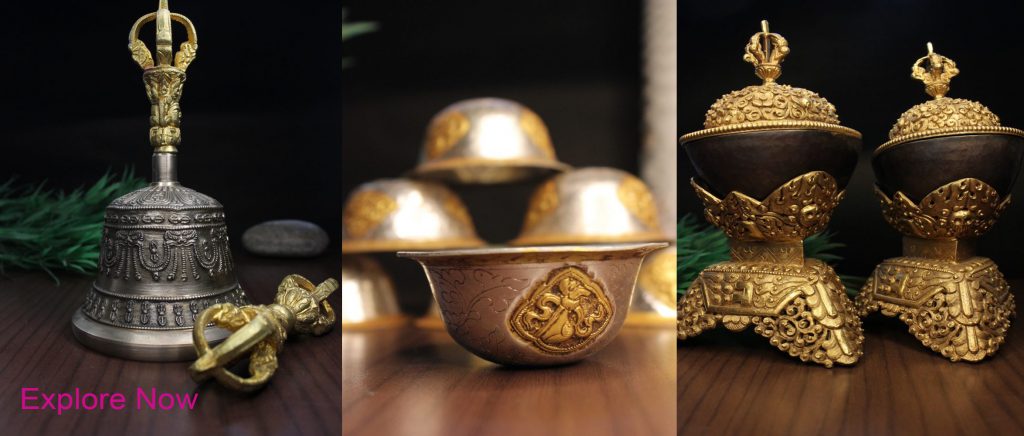
Margeret Madden
Beautiful bowl … quick service very plzed customer Thks ?
margeret madden
antrim, United Kingdom
Review left on Etsy by pinkdolphin2002 on Mar 29, 2016
Lunacywitch
Terrific bowl. Beautifully made with a lovely sound. Lovely bowl. Fast delivery.
Review left on Etsy by lunacywitch on Mar 6, 2020
Check this Product Out!